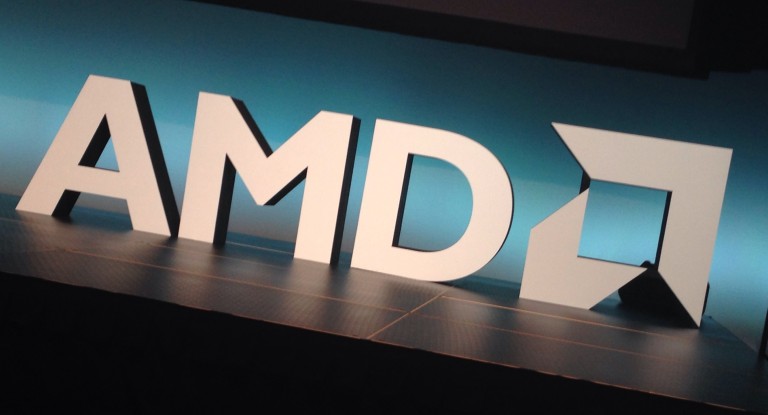
Going by the recent tweets of top Advanced Micro Devices, Inc. (NASDAQ:AMD) executives, you get the impression that the company had a powerful Polaris Tech Day over the weekend. AMD’s Polaris event in Macau could not have come at a better time. It appeared to be a curtain raiser for the annual Computex tradeshow that kicks off next week.
But beyond the timing of the Polaris Tech Day, details are coming out from the event that make things interesting. A tweet by an AMD executive continues to generate excitement in some quarters and fear in others. The executive posted something and then later decided to take it out. But it was too late to contain any speculation about what AMD might be cooking and what it might mean for the rival Nvidia Corporation (NASDAQ:NVDA).
The post by the executive seemed to provide a glimpse of the company’s 14nm FinFET graphics processor Polaris for the next-gen Radeon graphics card. The tweet showed a picture of what looked like an unannounced Radeon RX 480 being put to run Doom at 1440p.
But that alone might not ring many bells until you realize that the monitor in use was a Lenovo Y27F, which can only support 144Hz refresh rate. But in the demo, the monitor was running at 1440p, which begs the question of how that could be possible. With that you recognize that AMD brought in its super resolution feature that enables games to render at extremely high resolutions compared to the resolution that the connected monitor supports. That was why it was possible to achieve 1440p picture quality on a display whose native capability is capped at 144Hz.
A warning for Nvidia?
Advanced Micro Devices’ Polaris demo and the tweet leaks suggests that Nvidia can no longer sit easy in the GPU market as the rival is plotting a serious market takeover. It looks like AMD will target its forthcoming Radeon card at the middle market and confine Nvidia to the high-end market. AMD usually prices its X80 graphic cards in the range of $250 to $300, which is palatable for the mid-range market.




